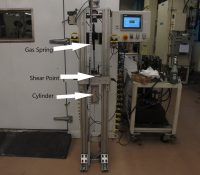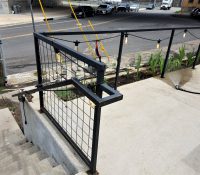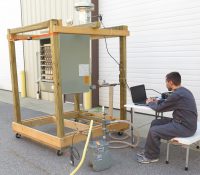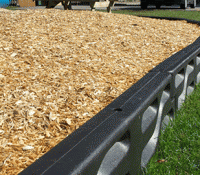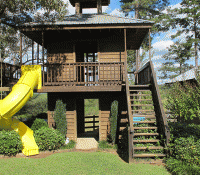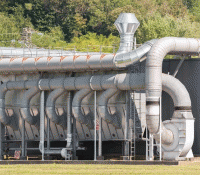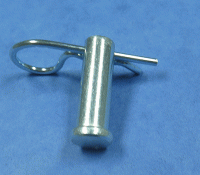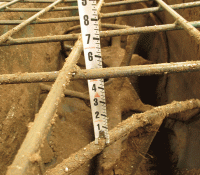Unguarded Shear Point on Force Tester Amputates Worker’s Finger
A worker was injured while testing gas springs similar to the type that hold the hatchback of an SUV open. The hazard that injured the worker was an unguarded shear point. The tester contained a mounting plate that was raised and lowered by a pneumatic cylinder.
The pneumatic cylinder lowered the mounting plate while the worker’s fingers were in the hazardous, unguarded shear point. Read More


